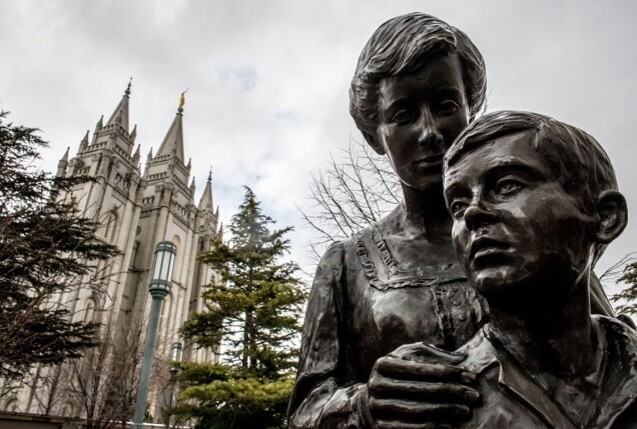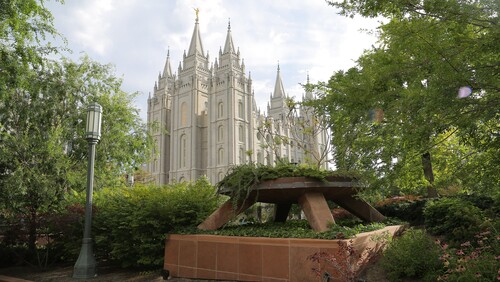What do Mormon pioneers have to do with the modern problems of commuting, urban planning, and conservation? It turns out more than you think, according to a Politico article by Colin Woodard.
"Imagine getting 90 municipalities in 10 counties in one of the nation’s fastest growing regions to get on board for a 20-year land use planning effort intended to conserve water use, promote clean air, and avoid the destruction of open spaces by slashing housing lot sizes, encouraging higher-density development, and imposing new taxes to build a light rail network and commuter rail system from scratch. Imagine that it worked so well the effort expanded statewide.
"You might assume it must have started in a liberal bastion like Portland, Oregon or Burlington, Vermont, where people are proud to be tree huggers and planning isn’t a dirty word. But the most ambitious and successful long-term land-use planning effort in American history is happening in ultra-conservative Utah," Colin Woodard begins his lengthy and in-depth article on Politico.
While mentioning these efforts and their impressive results—which include water use being cut by over a quarter per capita and air emissions cut nearly in half—provides interest enough for readers of Politico, Latter-day Saints might be intrigued to find that Woodard credits many of these achievements to Utah's pioneer heritage.
"For the Mormons—who still constitute 60 percent of the state’s population—this is literally the Holy Land, and the early settlers saw parallels between their experiences and the Biblical Hebrews. They were fleeing in an exodus—from attacks by non-Mormons against their previous capital of Nauvoo, Illinois—to find a place to build a new Zion. When Brigham Young crossed the Wasatch Mountains and gazed down on the valley, he declared, “This is the place.” It appeared a perfect analog of the Holy Land, where the freshwater Sea of Galilee feeds the salty Dead Sea via the 65-mile River Jordan. Freshwater Utah Lake feeds Great Salt Lake via a 30-mile stream the Mormons named the Jordan River. Mirroring Jerusalem, the Mormons placed their capital near the shores of their salty sea, centered on a grid extending from a point Young chose for Temple Square, the 40-acre ecclesiastical center of their nation, at the time located in territory claimed by Mexico, but governed by nobody.
"The Mormons worked from Young’s detailed plans. . . . 'All of those decisions by Young were urban planning constructs, and somehow that ethic has seeped into the sinews of the state,' says three-term governor Mike Leavitt who, like the majority of Utah elected officials past and present, is a member of the Mormons’ Church of [Jesus Christ] Latter-day Saints. 'Utah is a culture of planners and I think that may in some way even be mystical.'"
In addition to the groundwork laid by Brigham Young and Mormon principles in general, Utah's success in development and planning has been influenced by many Latter-day Saints working with a diverse group of people who reflect the state's population and interests.
Woodward even goes on to cite recent developments by the LDS Church: "In 2012, the LDS Church completed a $2 billion mall-and-residential complex across from Temple Square at the heart of Salt Lake City: 111 apartments, 424 condos, 104 stores, seven restaurants, and a 1,000-seat food court, all with the intention of reversing blight. 'We believe that a person who is impoverished temporally cannot blossom spiritually,' Keith McMullin, head of the church-owned real estate holding company, told the Salt Lake Tribune. It's for furthering the aim of the church to make, if you will, bad men good, and good men better.'"
It's fascinating to see how the work ethic and planning of early pioneers continues to shape Utah and has contributed to its success in modern problems the pioneers could never have anticipated in the 1800s.
Lead image from Shutterstock


